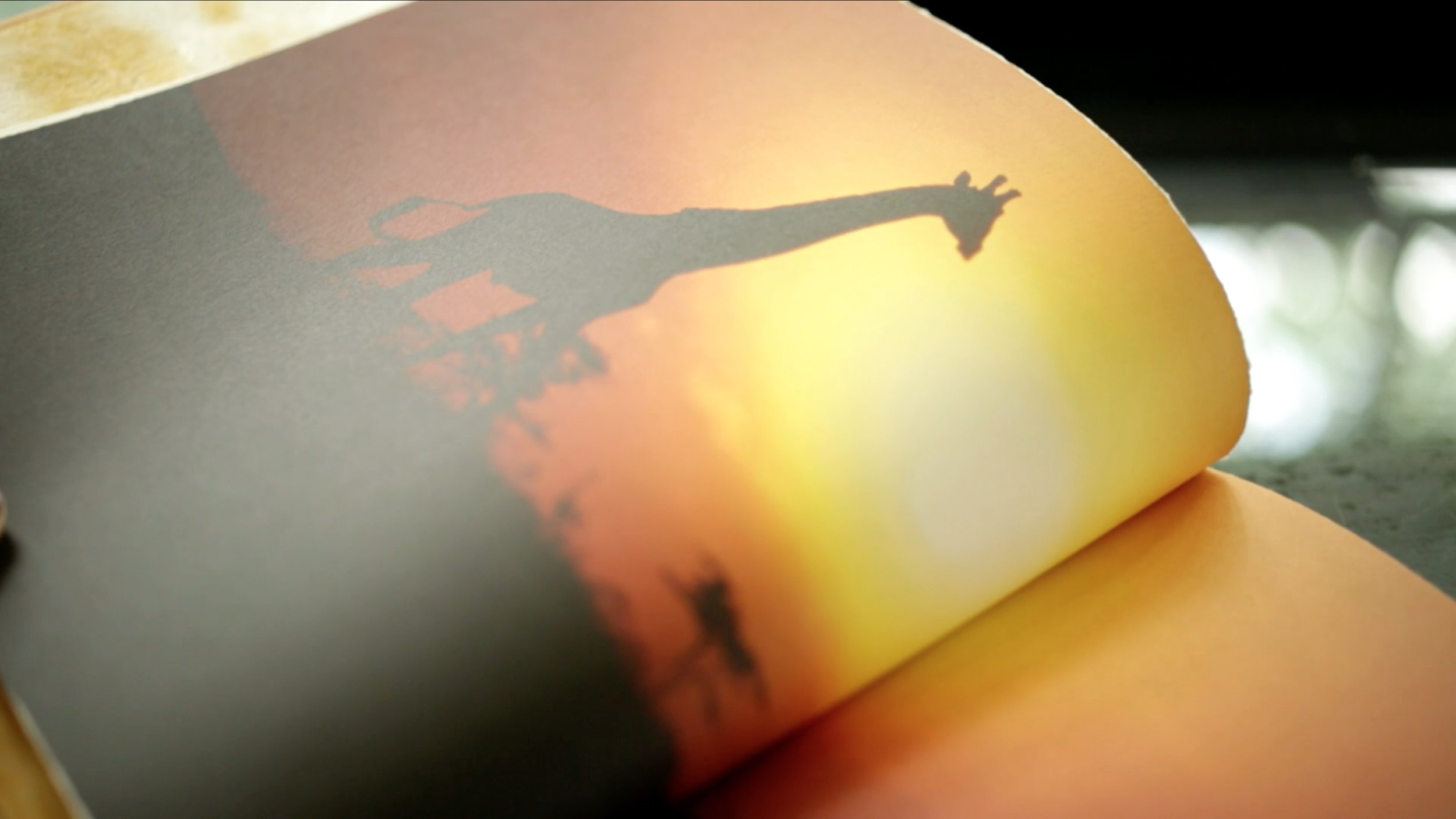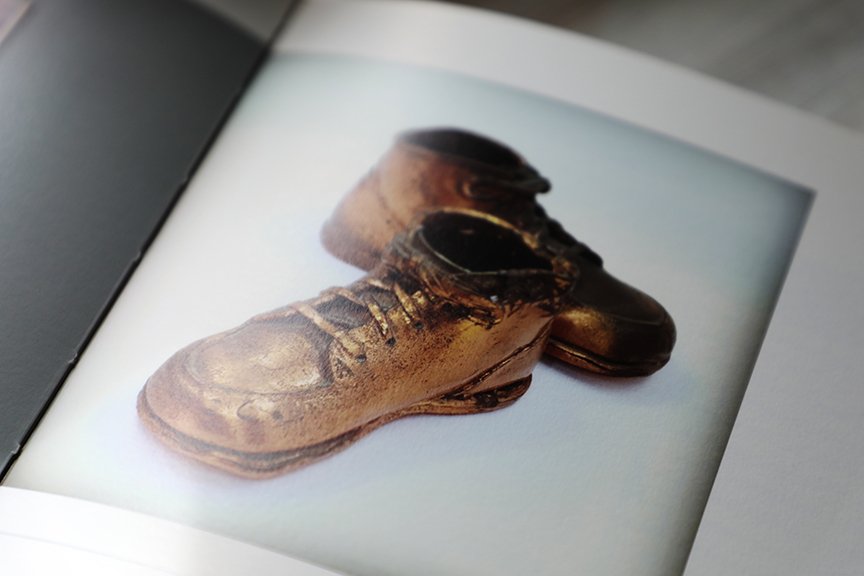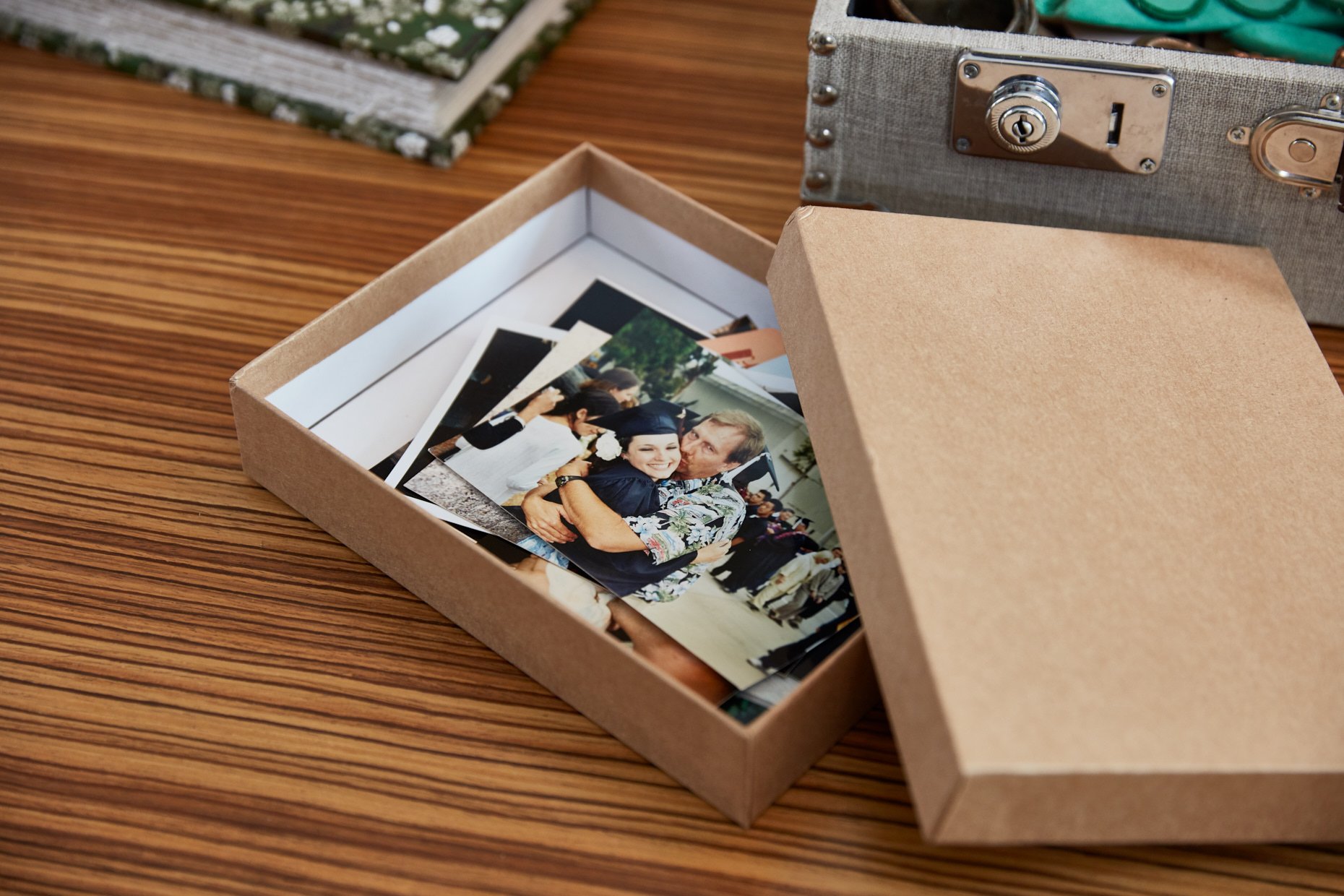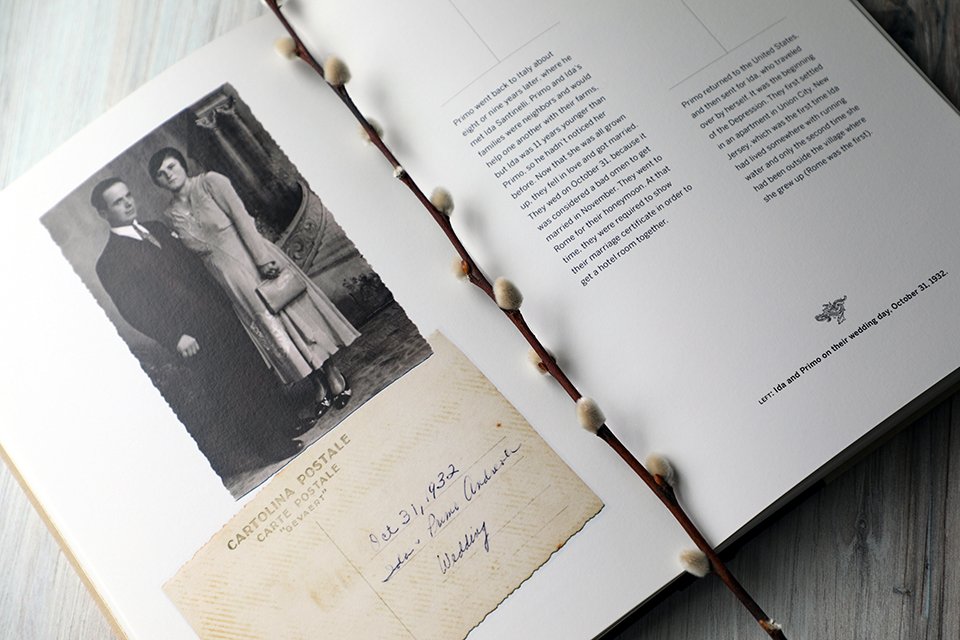Simple, modern memory-keeping: How to tell the stories behind your family photos
Can a single photo tell a story? The answer is a wholehearted YES. The question becomes: How will you tell it?
Here are three ideas for choosing one single photo and transforming it into a gift that is destined to become a family heirloom.
3 ways to tell a photo story
1 - Frame your photo—with an extended caption.
Who’s to say that a photo must be framed on its own? There are myriad ways to incorporate words into your wall art. First, choose a photo that by itself seems to tell a story: It’s clear when or where it was taken, and there are emotions conveyed in people’s expressions. Then, write a brief synopsis of the story behind the picture: 200-300 words is usually sufficient to paint a picture that includes the vital details (who is pictured, the date and specific place if they are known) as well as a little bit about what makes it so special (humor goes a long way!).
Once you have both the photo and your story, it’s time to typeset the text so that it looks worthy of being framed. If you have access to design software such as InDesign (favored by professionals) or Lucidpress (a free alternative), you may consider aligning the text next to or below the image, saving it as a JPEG, then having it printed on photo paper by your local digital printer. If that sounds intimidating, don’t worry: You can create beautiful text right in a Google or Word document, print it on paper, then have it framed in its own mat window within the frame, as shown below.
Here’s a sample caption that tells the story behind the photo above—in fewer than 200 words: “I will always remember Abuela Manuela wearing a brightly patterned house dress, smiling, and smelling like garlic or some other pungent spice that seemed to permeate her pores. Every time we visited her home in Paramus, New Jersey, she had something for dinner simmering on the stove (to this day I often cook her recipe for ropa vieja, but it’s never quite the same!). She used to slip dollar bills or fifty-cent coins into our pockets when we were leaving as kids, but it was her hugs that I longed for—they were tight and comforting, and you could feel the love. This picture of her in her kitchen in 1990 captures her spirit just so: her lipstick always smudged from the countless kisses she bestowed on her grandchildren, her gold jewelry always on, even if she was working in the garden outside, and bathed in the warm glow of her favorite room—a room where we kids were always welcomed, and always spoiled. We miss you, Abuela!”
2 - Mail your photo—on a custom postcard that’s surprisingly easy to make!
It’s a rare occasion indeed when we send someone we love snail mail just because. But when it’s as simple as uploading a special photo from your phone and dictating a personal message, what’s stopping us? Modern technology has made mailing Grandma or Poppy a custom postcard as easy as 1-2-3.
So get to it: Pick a picture of your kids that you know their grandparents would love to see (think big—holding the trophy at the spelling bee; and think small—licking the spoon while baking cupcakes with mom). Upload it to a site such as Postsnap or via an app like TouchNote, and for less than five dollars you can personalize and mail a postcard they’ll treasure.
Remember to tell the story of the photo with words. Incorporate dialogue (especially that adorable kidspeak that they’ll one day grow out of!), describe emotions (yours and your kids’), and of course include vital details (when, where). I am willing to bet that the excited response from your recipient will warrant more of these being made—and sent—in the not-too-distant future! Bonus idea: Mail a duplicate to yourself, too, to save in a scrapbook or keepsake box for your children.
For a few dollars more than the cost of a postage stamp you can create and send a customized postcard to a loved one that will delight and surprise.
3 - Journal about your photo—with the intent of using it for a book later.
The idea of creating a photo book—no less a photo book with stories!—is undoubtedly overwhelming. The key to getting past the overwhelm is to tackle one photo and one story at a time.
I suggest setting aside a journal specifically for your photo stories. Then set a goal that is manageable—say, one photo for every month. At the end of each month, go through all the pictures you have taken to decide upon one that feels right (click here for some tips on choosing the best photos for story sharing). If you are journaling on your computer, copy and paste the photo to the top of your journal page before beginning to type. If you are handwriting your memories, print a copy of the photo to tape into your book.
Then, begin writing. Set the scene: What was happening when this photo was taken: Was it just before your kid’s big soccer final, when anticipation was running high? Or was it the day after Thanksgiving, when everyone was exhausted but content to lounge around the house together? By choosing moments that encompass all aspects of your life—both the milestones and the everyday activities—you’re sure to preserve stories that will resonate with your family for years to come.
You won’t believe a year has passed when you write about that twelfth photograph! (And hey, don’t let me stop you from writing MORE than one photo story every month—the idea is simply to set a reasonable goal!). At this point you may want to create and print a photo book that more permanently preserves your photo stories, or you may simply want to keep going for another year. My suggestion? Do both!
Whether you are journaling digitally or by hand, be sure to include the photo at the beginning of your story—and include the vital details that you might assume are a given, but that truly need to be recorded to ensure they are not forgotten: who, what, when, and where!
Do you have other ideas for preserving the stories behind your family photos? I’d love to hear them (you can share them in the comments below, or hop on Instagram where I am talking with the broader memory-keeping community about this topic a lot!
And, of course, if you’d like help preserving your family stories and photographs, please reach out to set up a free, no-pressure half-hour consultation to see how I might be able to help.


























Cataloguing your family heirlooms in a book is a great way to pass down their stories. Here are some tips for capturing incredible images of them, too.